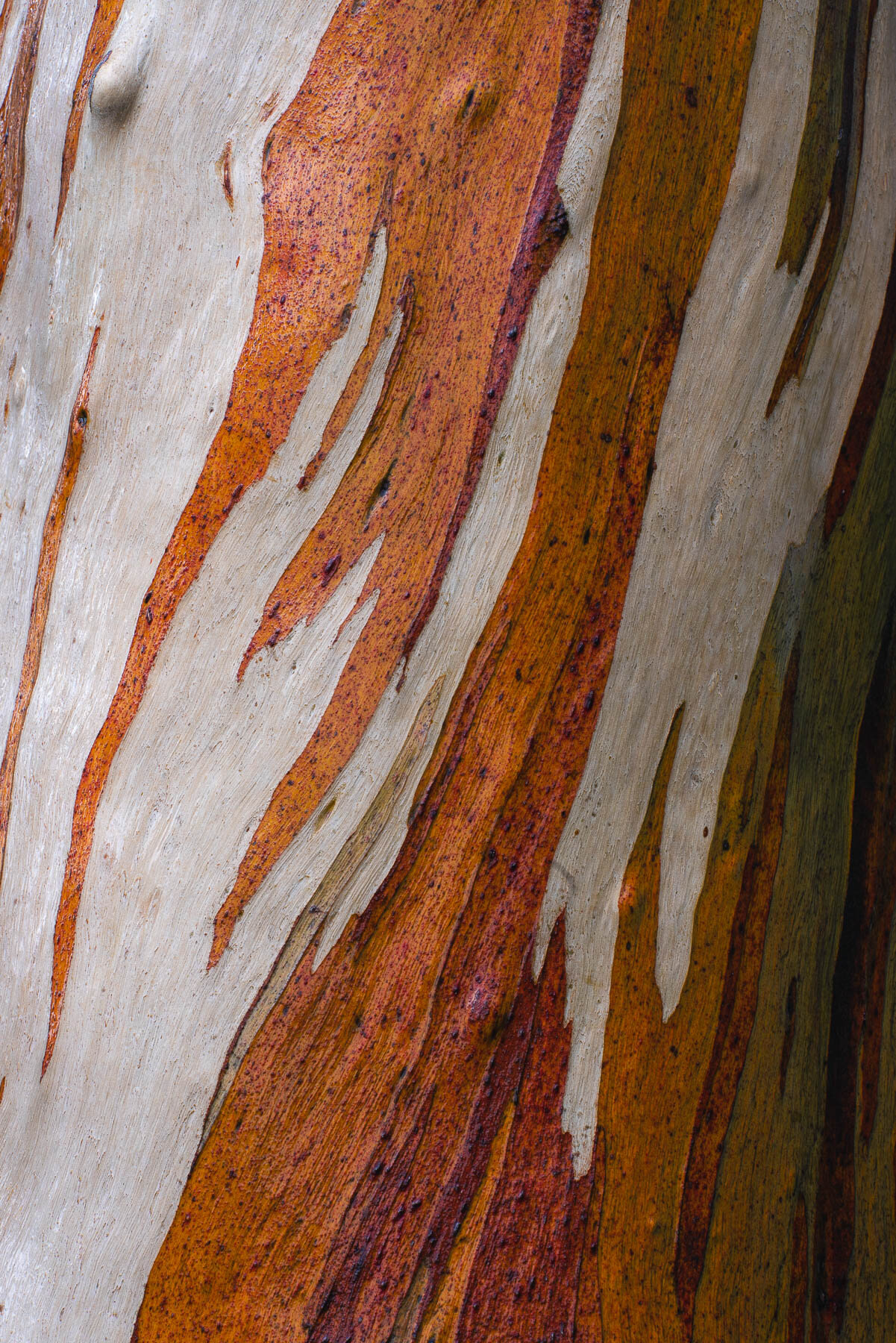Tasmania’s wild forests and falls called. I answered.
After the year that was, I needed an adventure again. My father, a like-minded landscape photographer, was keen to join me across the Tasman Sea in search of falls, forests, and fagus—Australia's only deciduous tree.
I’d visited Tassie on family holidays, but on each occasion photography had played second fiddle. This time I planned our itinerary around hiking and photo opportunities. I centred the trip amongst the pristine Western Wilds and Tarkine regions, where ancient beech trees tower overhead, and ferns carpet the forest floor.
Many of the magical trees and streams of the Tarkine that I’d seen photographed were shared without detailed locations—helping to preserve one of Australia’s last remaining wilderness regions. To give us every opportunity to explore the best forests scenes Tassie had to offer, I scoured topographic maps and satellite imagery through lockdown. I created a custom Google Map, dropping pins wherever a promising stream cut through a valley or where the forest looked particularly lush and dense.
There’s a cradle-shaped mountain there somewhere behind us, I swear
But research from my desk could only reveal so much. With Dad’s Ford Territory full of photography gear, a wardrobe of winter jackets, and enough loaves of banana bread to stock a bakery, we set off down the Hume. That evening we drove onto the Spirit of Tasmania and sailed across the Tasman. After an obligatory caffeine hit in Devenport we made a beeline to the Western Wilds. We were off, and we wouldn’t stop for another two weeks.
This was the type of trip where I was happy to sacrifice running water in the shower for running water in the streams. And we weren’t disappointed on that front.
The winds of the Roaring Forties swept uninterrupted around the globe before crashing into Tassie’s west coast in a flurry of rain and cloud. While I had planned a few alpine walks seeking golden light over Cradle Mountain and Mt Murchison, we didn’t let the lingering cloud cover dampen our spirits. The weather gave us more time to delve deeper into the bush and streams. The rains fuelled the falls and the overcast skies delivered soft lighting through the forest scenes.
Given the trip was a photography expedition and not a holiday, we were eager to experience the wilderness beyond the boardwalks. That’s not to say we didn’t visit the signposted destinations at Cradle Mountain and Mt Field National Park, but we wanted more.
After scoping out a marked waterfall or lookout in the morning, we’d allow ourselves the luxury of simply exploring for the remainder of the day. We ventured down firetrails, made five-point turns up logging roads, and bush bashed our way through wildlife tracks. More often than not we’d set off through a forest on foot and not see another soul until we returned back to the highway.
Dad turned sixty this year and I arranged a charter flight over the rugged Tasman Peninsula. I kept a close eye on the clouds and on our final morning they (finally) looked set to clear out over the Pacific.
With the Cessna’s doors removed we took flight at first light. We flew over Port Arthur, before sweeping around Cape Hauy as the sun rose above the horizon. By the time we reached Cape Pillar and Tasman Island, the 300m high dolerite cliffs were bathed in gold. What began in cloud ended in light.
Now, looking through the photos in the middle of another Melbourne lockdown, I still hear the call. Tassie, see you again soon.























